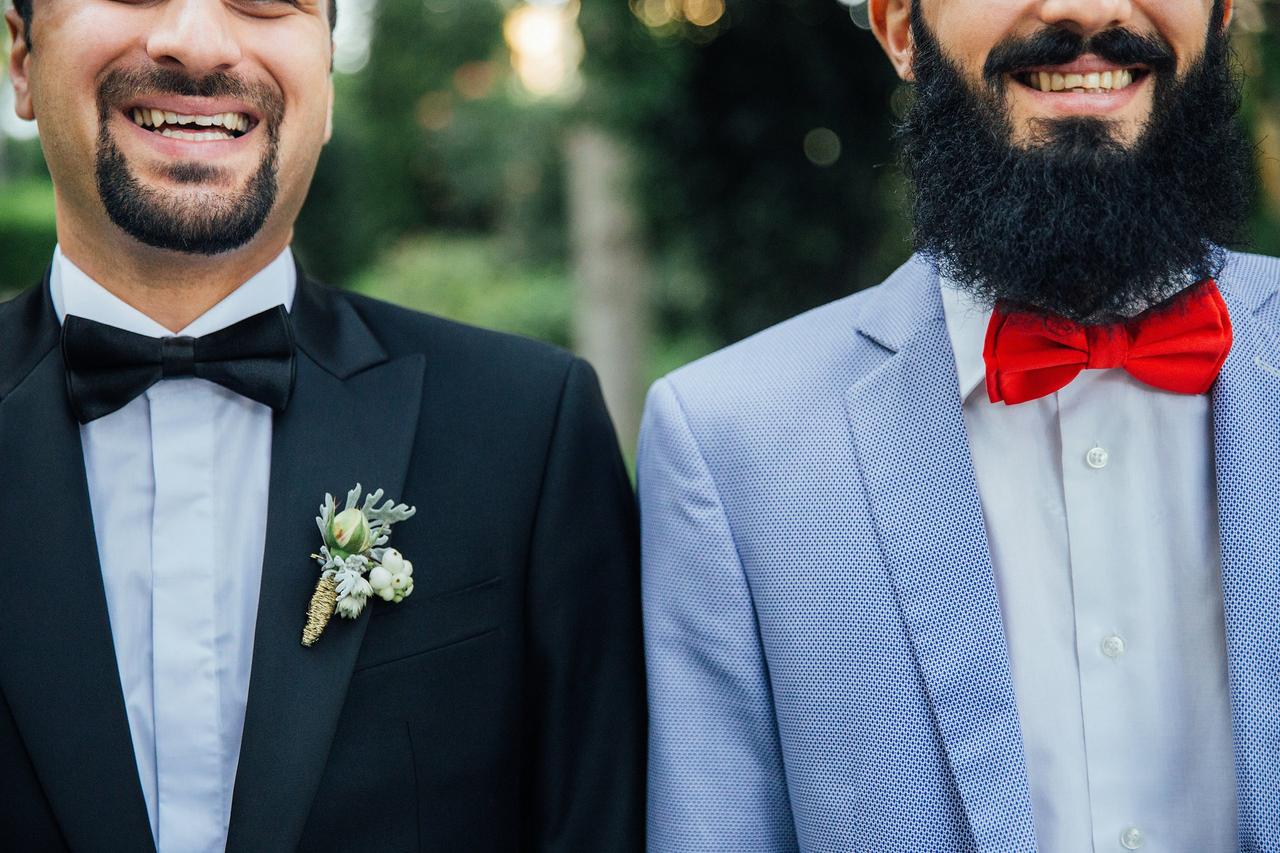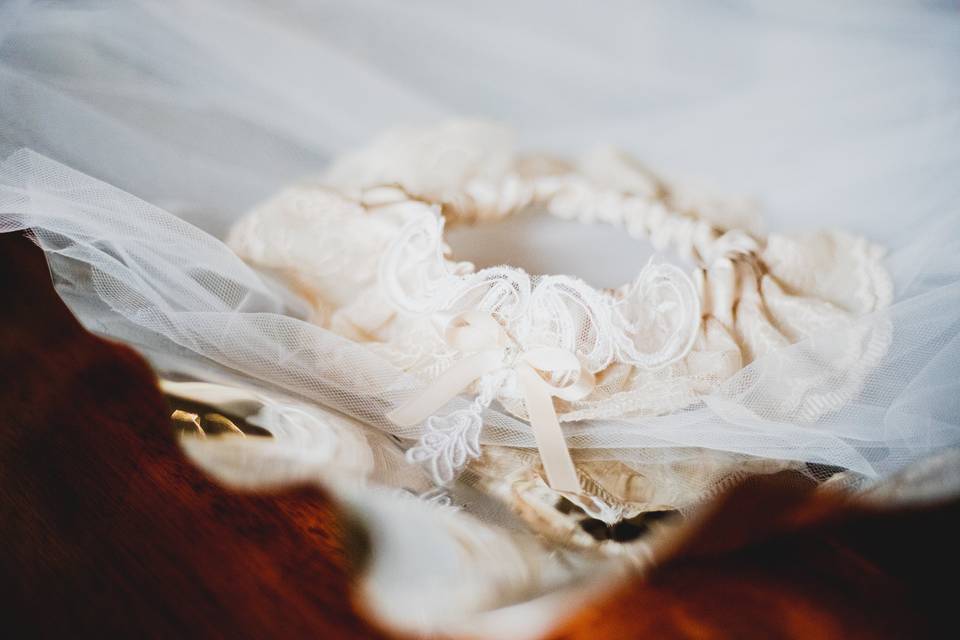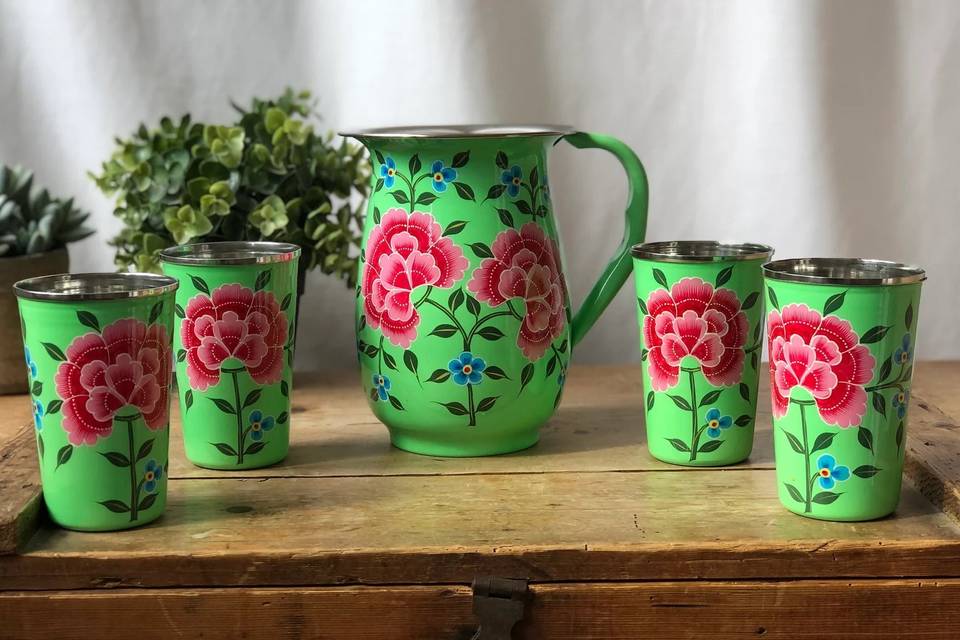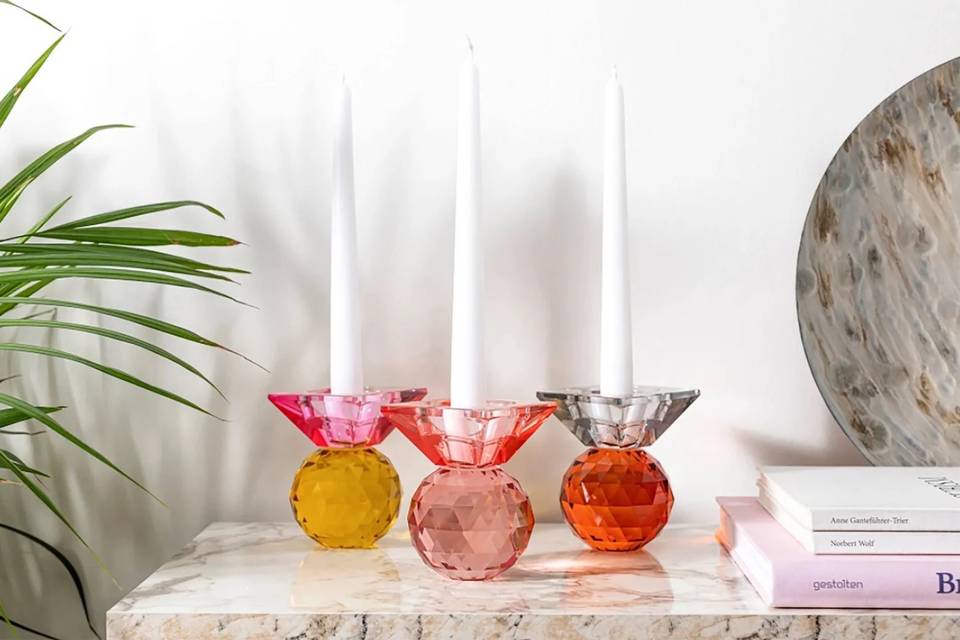How to Tie a Tie: Traditional Ties and Bow Ties Explained
Need to learn how to tie a tie or just want to learn a few more knots? Our step-by-step tutorial is sure to tie your wedding look together.


Tying a tie might feel like a tricky skill to master, but with a bit of practice, it’s a breeze. And luckily for you, we've got a full guide to help you master how to tie a tie - whether it's a bow tie, a Windsor knot or even a four-in-hand knot.
Whether you’re brushing up on how to tie a Windsor knot or learning for the first time because you’ve finally ditched the clip-on, knowing how to tie a tie properly is a must - especially with a wedding on the horizon.
Whether you're a guest or the groom, chances are you’ll need to master this essential skill for the big day.
From the classic Windsor knot to more intricate tie styles, here’s everything you need to know about tying a necktie for a wedding. And don't forget to add learning how to tie a bow tie to your list - because a bow tie can add a serious touch of sophistication to any wedding look!
How to Tie a Tie: Traditional Ties and Bow Ties Explained
We’ve got you covered with step-by-step instructions for popular necktie knots and bow ties, so you’ll be prepared for any occasion.
- How to Tie a Bow Tie
- How to Tie a Windsor Knot
- Other Popular Necktie Knots
- Quick Tips for Tying Ties Like a Pro
How to Tie a Bow Tie

A bow tie is the ultimate symbol of elegance, perfect for black-tie events or even a quirky everyday style. Here’s how to tie a tie in a bow:
- Start by draping the bow tie around your neck, making one end slightly longer than the other.
- Cross the longer end over the shorter end and tuck it up through the neck loop, pulling it snug.
- Form the bow shape by folding the shorter end horizontally to create a loop. This will form the front of your bow.
- Take the longer end and drape it over the front. It should now hang loosely in the middle of the bow shape.
- Find the loop behind the bow shape and push the longer end through it, forming the back half of the bow.
- Adjust and tighten. Straighten the bow tie by pulling gently on each side and the loops until it sits neatly.
Bow ties are surprisingly forgiving, so don’t worry if your first few attempts aren’t perfect. With some practice, you’ll master this dapper look in no time.
How to Tie a Windsor Knot

The Windsor knot, often referred to as the double Windsor knot, is ideal for formal occasions or when you want a polished, symmetrical tie. This knot works best with wider ties and spread collars.
- Start with the wide end of the tie on your dominant side, letting it hang about 12 inches lower than the narrow end.
- Cross the wide end over the narrow end and pull it up through the neck loop. Bring it down toward your chest.
- Wrap the wide end behind the narrow end and pull it through the neck loop again, forming a secure base.
- Create the front loop by wrapping the wide end horizontally across the front.
- Thread the wide end up through the neck loop again, and this time, pull it down through the front loop you just made.
- Tighten and adjust by gently pulling on the wide end while holding the knot in place. Centre it and ensure it’s symmetrical.
This Windsor tie knot exudes confidence and professionalism, making it a popular choice for weddings, interviews, and presentations.
Other Popular Necktie Knots

If none of those take your fancy, check out these other less common but equally smart necktie knots to try.
- Half Windsor Knot: A more streamlined version of the Windsor, offering a neat yet slightly less bulky finish. Great for medium-width ties and all collar types.
- Four-in-Hand Knot: The easiest knot to learn, it’s perfect for beginners or casual looks. Pair it with narrower collars for a laid-back vibe.
- Pratt Knot: A versatile and medium-sized knot that sits comfortably between casual and formal styles.
With a bit of practice, you'll have them nailed in no time!
Quick Tips for Tying Ties Like a Pro
Mastering the art of knot tying can take some practice. Even seasoned pros can struggle to tie the perfect knot on their wedding day, as the nerves can lead to unsteady hands.
The key is to stay calm, relax, and remember these three helpful tips to make the whole process easier.
- Always ensure your tie length is correct. For neckties, the tip should just graze your belt buckle.
- For bow ties, make sure the loops are symmetrical but not overly stiff – a slightly imperfect bow adds charm.
- Practice in front of a mirror and give yourself extra time before heading out.
Mastering how to tie a bow tie or a Windsor knot might take a few tries, but it’s a skill worth learning.
Whether it’s for a wedding, a business event, or a night out, knowing these classic necktie knots ensures you’ll always look sharp and well-prepared. Keep practicing, and soon, tying a tie will feel as effortless as slipping into your favorite suit!








